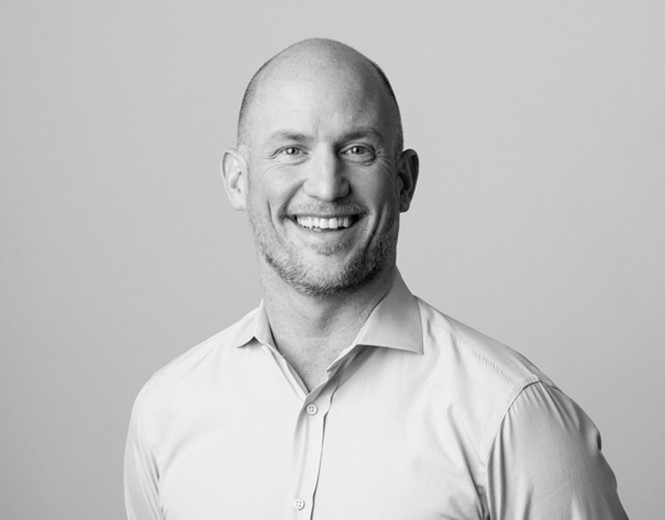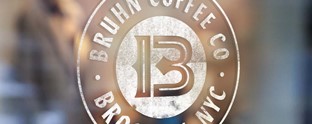Five minutes with Jim Misener

Jim Misener, president of creative agency 50,000feet, speaks to Transform magazine about the importance of brand reputation, technology in the creation of brand experiences and constantly innovating.
What makes a strong brand?
A strong brand resonates deeply with its customers. It reliably delivers on its rational and emotional benefits in ways that are unmistakably authentic, uncannily relevant, unbelievably easy, often inventive—and sometimes even fun.
How important is brand reputation nowadays? How closely should brands associate with social causes?
Brands are nothing without their reputation. In some ways, that’s really the point of brand—to provide a trustworthy shorthand for helping navigate through our personal and professional lives. More intrinsically, brands need to convey the mission and the set of values behind their product, service or organization, and they need to deliver on their promise—every time. A brand’s reputation speaks to its ability and its reliability in doing that.
Moreover, consumers ask brands more than ever to live up to their values. This may look like brands taking positions on social causes when it's relevant and appropriate. Today, technology helps hold brands accountable because their actions and behaviors become more visible. While trust can take a lifetime to build, it can be broken and lost in seconds.
What qualities does the ideal client have? Have there been times where 50,000feet ' ideas did not align with the clients’? If so, how did you overcome that?
At 50,000feet, ideal clients have an innate and almost insatiable sense of curiosity to explore, the willpower to problem solve and the determination not to settle for anything less in order to get to the best possible solution for their audience.
How important is technology in the creation of brand experiences? Do you see a future in which brands will solely rely on digital solutions?
Technology has become an invaluable tool in most aspects of creating brand experiences, with no signs of slowing down. Whether undertaking strategic, creative or narrative aspects of brand development, technology enables deeper insight and greater connections along with more immersive experiences and adaptable approaches. While technology will never wholly replace the physical world, we will feel its presence in more integrated, pervasive and ubiquitous ways. Any brand that does not keep pace with technological innovation will do so at its own peril.
What advice would you give to brands to make it through the Covid-19 crisis? In a time that is ever more serious and sombre, how can brands use their platform to do good?
There has never been a better time for brands to take a stand and make a difference. At their best, brands are like good friends. They’re steadfast and loyal. We find trust and reassurance in the experiences that they enable and create. We look to these experiences for comfort, excitement, respite and surprise. While our customers and partners navigate new challenges at home and in their workplaces now and in the days ahead, brands have the opportunity to lean into the power of their relationships.
In an age of constant innovation, can brands (especially classic, iconic ones) be disruptive? If they aren’t, will they risk being forgotten?
You’re never too old to change—or to innovate. Iconic brands have the most to lose if they do not evolve to meet—and exceed—their customers’ expectations, but they have the most to gain if they do. Many of our biggest and brightest brands across technology, automotive, luxury and hospitality have been reborn—some, more than once—because of their commitment to constant reinvention. To remain relevant, never stop innovating.
Having recently acquired Carbone Smolan Agency, are further acquisitions likely? In general, do you think more consolidation will happen amongst your peers?
Our approach to partnership does not focus on ownership but rather on cooperation and collaboration. Our strategic alliance with CSA is a great example. We see this relationship as a unique approach that combines complementary experience and expertise to provide a stronger platform for our clients and a richer and more diverse environment for our team. Together, we focus on celebrating both companies and cultures as well as our collective clients.
In light of current market conditions, I do think that we will see more collaboration among partners and would-be competitors. In the historic evacuation at the battle of Dunkirk, the British provided the world an example of how individual and independent efforts can be brought together to provide an unassailable rescue and an unstoppable force. Our industry—and our world—needs more thinking like this than ever before.












